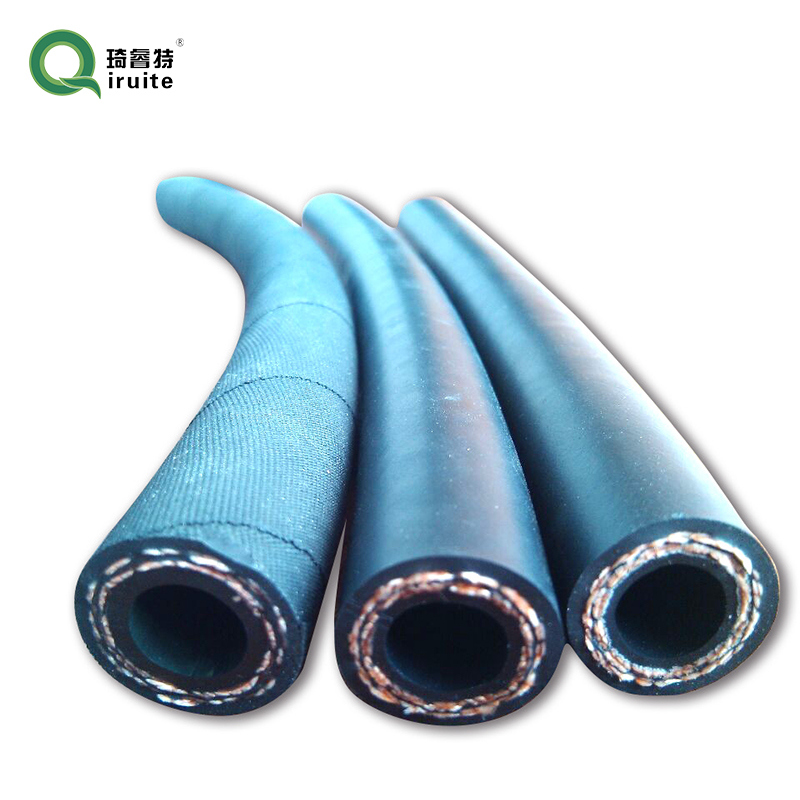Brake Line Couplings - High-Quality Hydraulic and Pneumatic Solutions
Understanding Brake Line Couplings A Key Component for Vehicle Safety
Brake line couplings are crucial components in the hydraulic braking system of vehicles, serving a vital role in ensuring safe and efficient operation. These couplings are designed to connect brake lines, allowing brake fluid to travel seamlessly from the master cylinder to the brake calipers or wheel cylinders. Understanding their function, types, and maintenance is essential for both automotive professionals and car enthusiasts alike.
Function of Brake Line Couplings
The primary function of brake line couplings is to create secure and leak-proof connections between various segments of the brake lines. These connections enable the transmission of hydraulic pressure necessary for activating the brakes when the driver presses the brake pedal. When the pedal is engaged, brake fluid is forced through the lines via pressure, which activates the calipers or cylinders, thus slowing or stopping the vehicle.
Given the high-pressure nature of hydraulic braking systems, the integrity of these couplings is paramount. A failure in any part of the system—including the couplings—can lead to a loss of brake function, which poses significant risks while driving.
Types of Brake Line Couplings
There are several different types of brake line couplings, including threaded, quick disconnect, and compression fittings
.1. Threaded Couplings These are the most common type used in automotive applications. They feature male and female threads that screw together, creating a tight seal. Proper torque specifications are essential to prevent leaks.
brake line couplings

2. Quick Disconnect Couplings These couplings allow for rapid connection and disconnection without the need for tools. They are particularly useful in maintenance situations, as they facilitate easier access to components of the braking system.
3. Compression Fittings Often used in older vehicles, compression fittings provide a secure connection by tightening down on the brake line itself. This type of coupling requires precise installation to ensure no leaks.
Maintenance and Considerations
Regular maintenance of brake line couplings is essential for vehicle safety. Inspecting for signs of wear, corrosion, or leaks can help prevent brake failure. Additionally, during routine brake servicing, it is crucial to check coupling integrity and replace any damaged components promptly.
Moreover, when replacing or installing new brake lines and couplings, it is imperative to use OEM (Original Equipment Manufacturer) parts or high-quality aftermarket alternatives to ensure compatibility and longevity.
Conclusion
In summary, brake line couplings play an indispensable role in vehicle safety by providing reliable connections within the braking system. Understanding their functions, types, and maintenance practices can lead to a safer driving experience. Always prioritize regular inspections and timely replacements to ensure that your vehicle's braking system operates at its best, keeping you and others safe on the road.
-
Ultimate Spiral Protection for Hoses & CablesNewsJun.26,2025
-
The Ultimate Quick-Connect Solutions for Every NeedNewsJun.26,2025
-
SAE J1401 Brake Hose: Reliable Choice for Safe BrakingNewsJun.26,2025
-
Reliable J2064 A/C Hoses for Real-World Cooling NeedsNewsJun.26,2025
-
Heavy-Duty Sewer Jetting Hoses Built to LastNewsJun.26,2025
-
Fix Power Steering Tube Leaks Fast – Durable & Affordable SolutionNewsJun.26,2025

